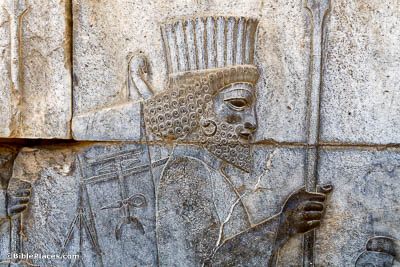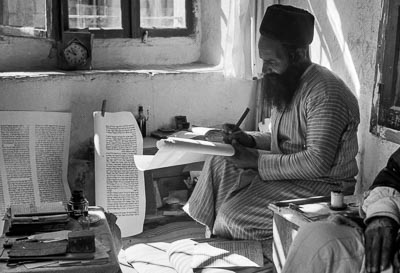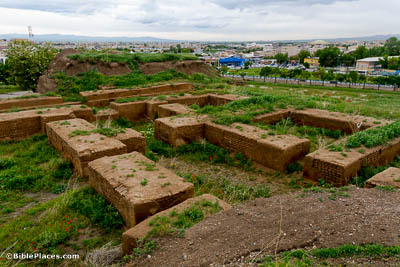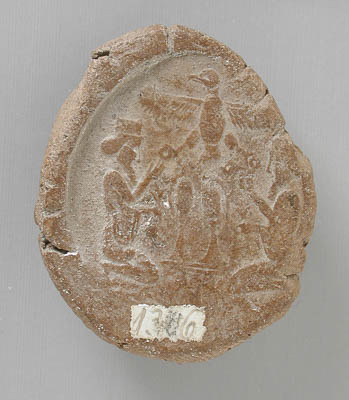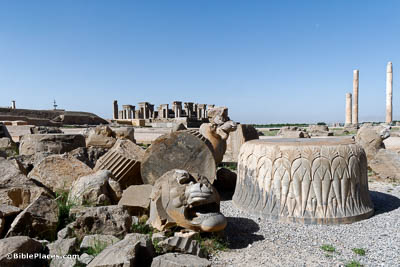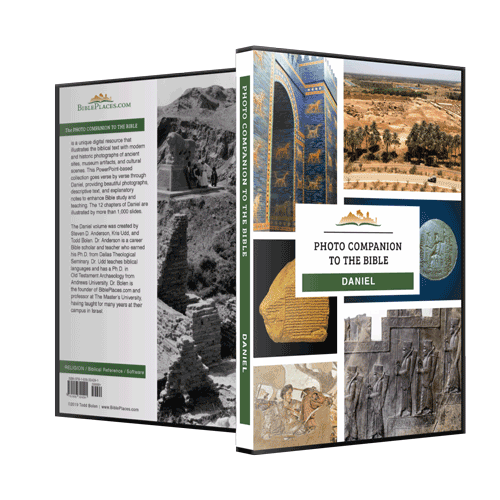It pleased Darius to set over the kingdom . . . three high officials, of whom Daniel was one (Daniel 6:1-2).
This sculpture at Persepolis depicts a Persian guard or official from the time of Daniel. The prophet was a very old man at this point and hadn’t occupied a high administrative position for decades. However, Darius must have heard the dramatic story of Daniel’s interpretation of the writing on the wall. Through this, he must have heard about Daniel’s credentials. It would be beneficial for Darius to have an experienced Babylonian official in his court, someone who knew how things operated in the province of Babylon, and who could provide continuity between the old empire and the new.
